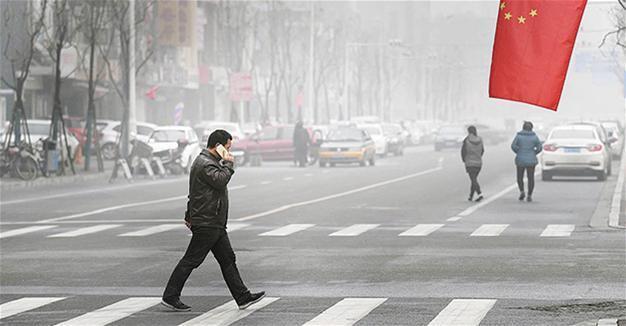China to clamp down on new car plants in fight against capacity glut, pollution
BEIJING-Reuters

China’s top state planner said it would tighten regulations for building new factories for traditional petrol-burning vehicles, as the country cracks down on “zombie” firms and pushes automakers to convert to non-polluting electric vehicles.
China’s central government sees electric vehicles as a way for its industry to leapfrog ahead of international competitors, which have decades more experience in making petrol cars, while also reducing intense urban smog.
The policy, issued by the National Development and Reform Commission (NDRC) on its website, extends to the automotive sector Beijing’s fight against overcapacity and “zombie” firms that is already underway in the coal and steel sector.
Zombie firms are economically unviable enterprises that often survive with the support of local governments and banks. China has vowed to use tougher environmental, efficiency, quality and safety standards to drive them out of the market.
Automakers seeking to build new petrol car factories should have operated above the national average production capacity utilization rate for the previous two years, the NDRC said.
Also, they should have produced a higher proportion of new energy vehicles than the industry average in the previous year, it added.
These automakers would need to spend at least 3 percent of operating income on research and development, and produce cars deemed to be internationally competitive, the NDRC said.
The measures also stipulate minimum requirements for new engine factories.
The policy will encourage “zombie” automakers to exit the market, saying “in principal” it would not allow those that have partially halted production, rely on rolling over bank loans to survive or have been loss-making for consecutive years.
The document stressed promoting the orderly development of new energy vehicles, a term used for battery electric and plug-in hybrid vehicles, broadly repeating existing rules for new factories in the segment.
 China’s top state planner said it would tighten regulations for building new factories for traditional petrol-burning vehicles, as the country cracks down on “zombie” firms and pushes automakers to convert to non-polluting electric vehicles.
China’s top state planner said it would tighten regulations for building new factories for traditional petrol-burning vehicles, as the country cracks down on “zombie” firms and pushes automakers to convert to non-polluting electric vehicles.